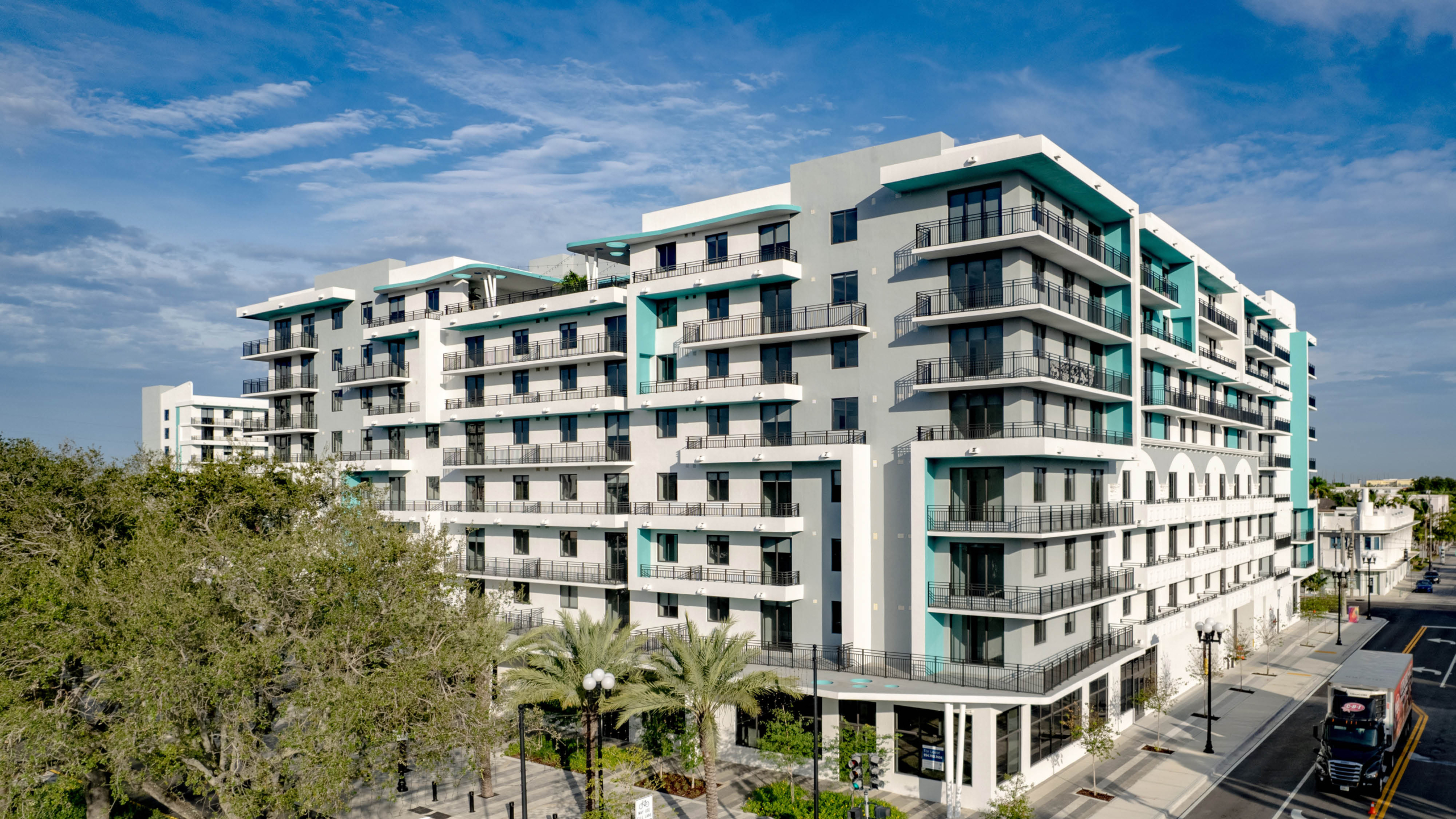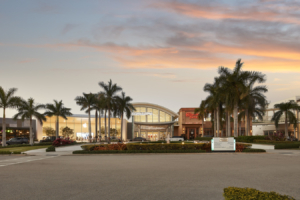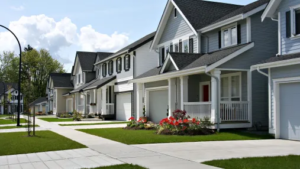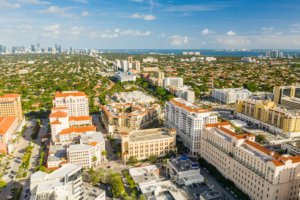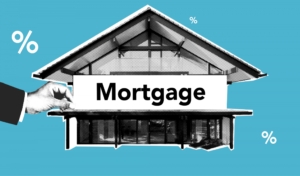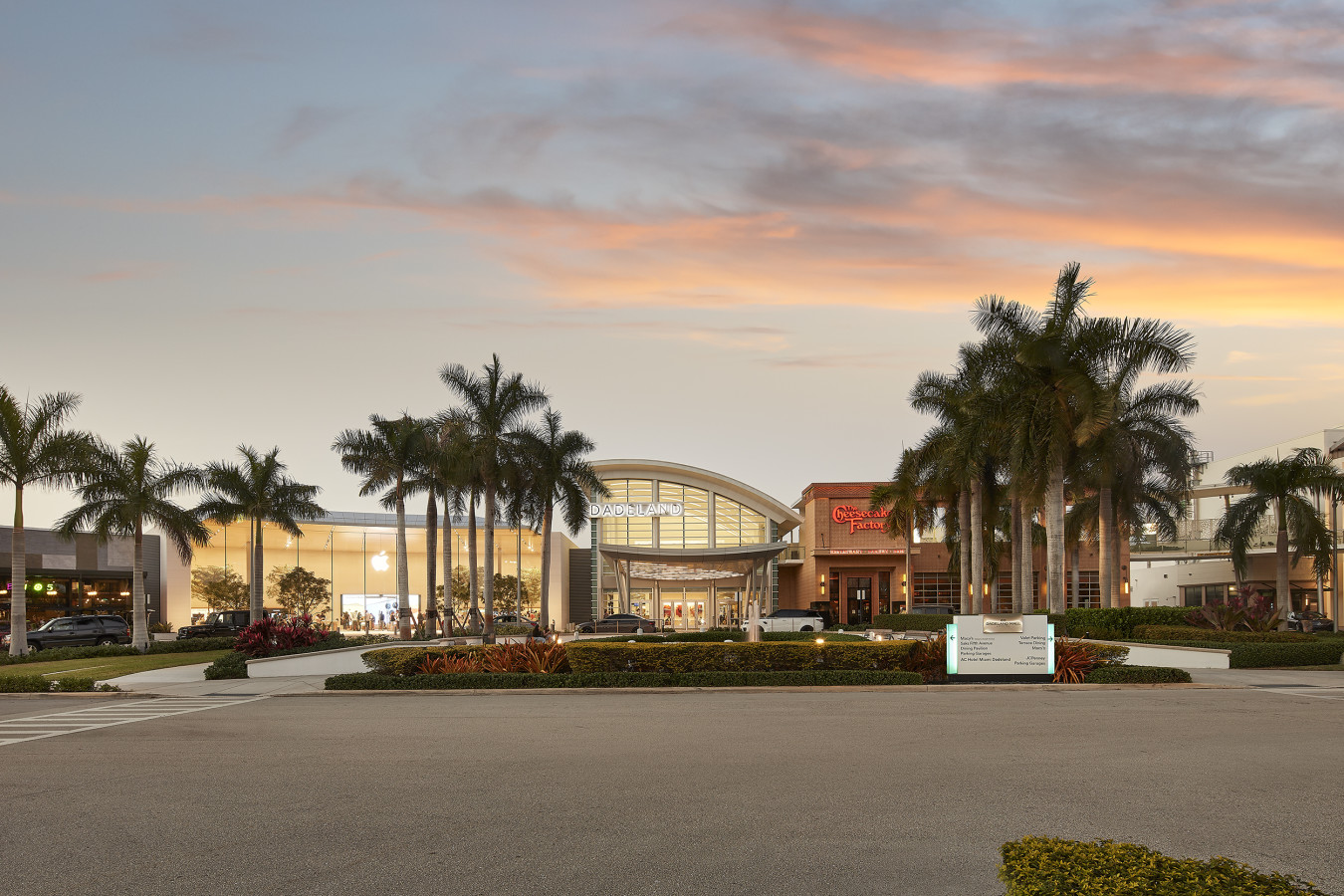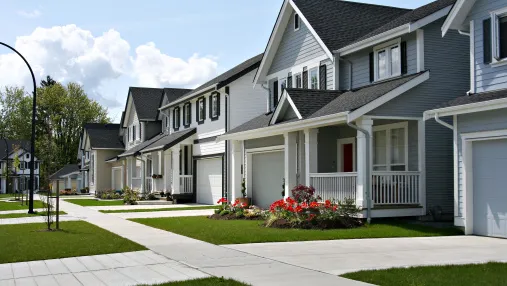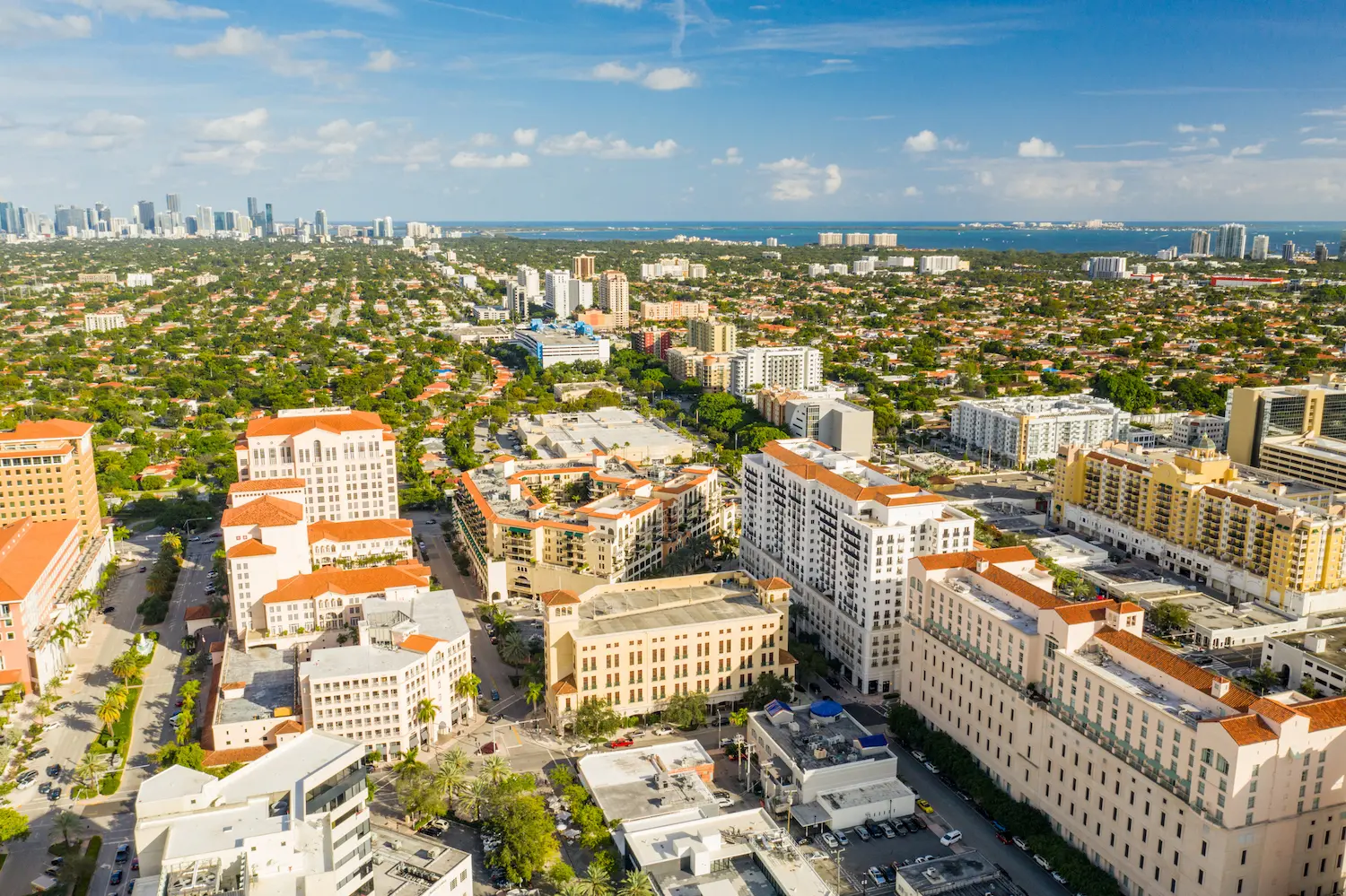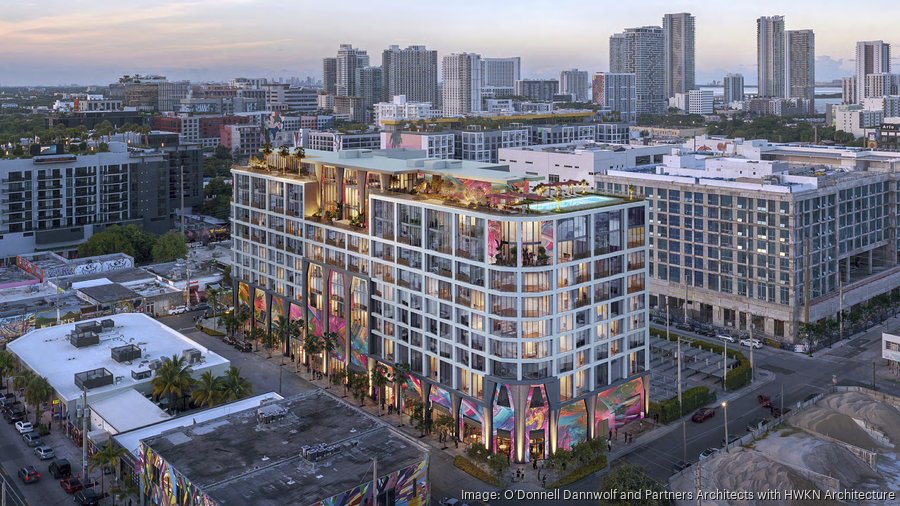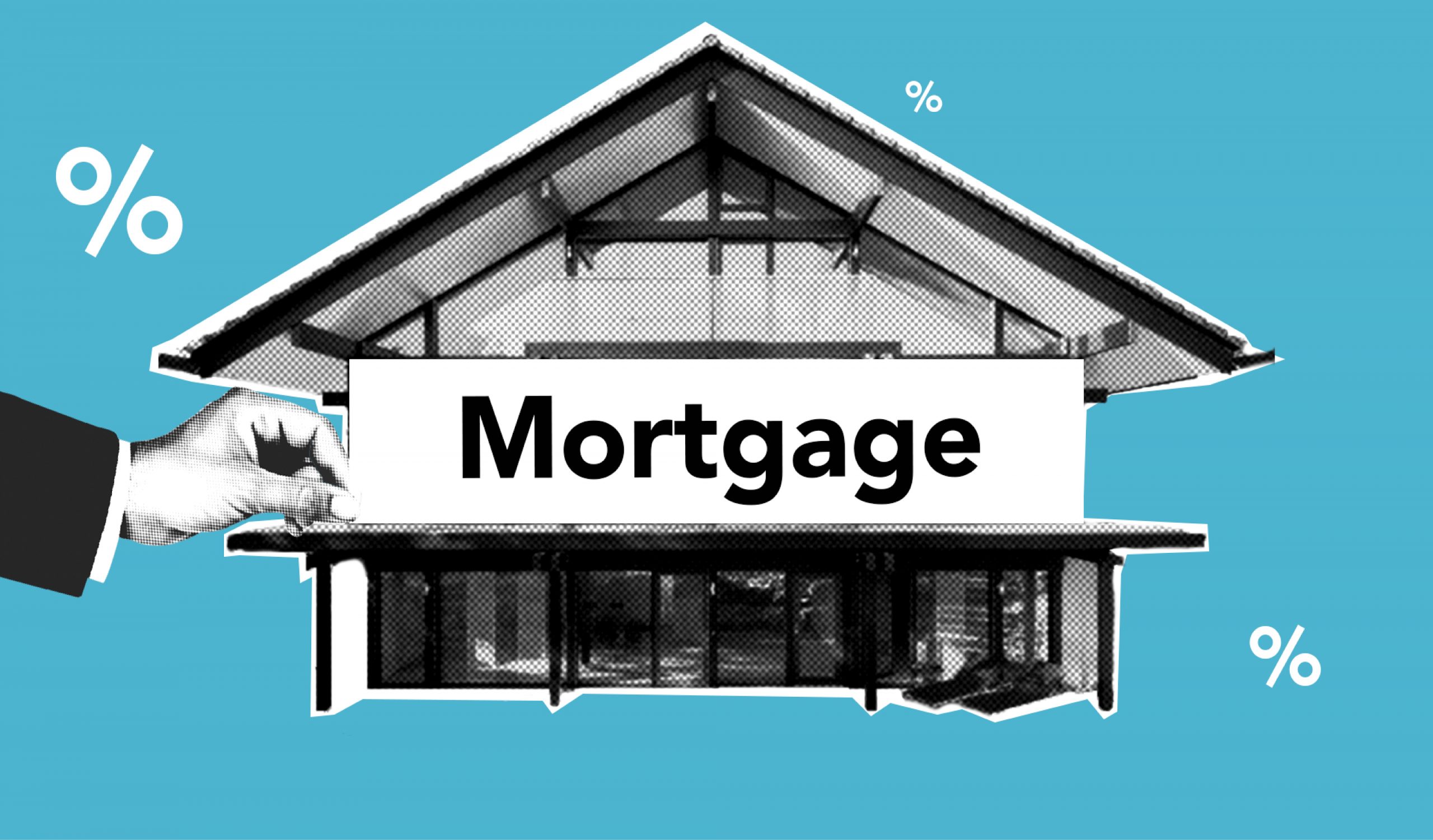South Florida Housing Crisis: Why Affordability Remains Elusive Despite New Developments
The Growing Housing-Income Gap: South Florida's Persistent Challenge
The skyline of South Florida continues to evolve with impressive new developments like Soleste Hollywood Blvd and transformations of historic structures such as the Hollywood Bread Building. Yet beneath this veneer of progress lies a troubling reality: the region's housing affordability crisis continues to intensify despite these construction booms. While Miami has recently experienced minor rent decreases in certain neighborhoods, the fundamental problem remains stubbornly intact – the substantial gap between what residents earn and what housing actually costs.
Recent economic analyses reveal a staggering $38,000 chasm between the median income of typical South Florida renters and what's needed to comfortably afford even basic apartment living. This disparity forces countless residents to allocate unsustainable percentages of their income toward housing, leaving little for other necessities and virtually nothing for savings or financial advancement.
"The development we're seeing across South Florida predominantly caters to luxury markets or upper-middle-income demographics, while the greatest demand continues to be for truly affordable options," explains Dr. Maria Rodriguez, housing economist at Florida International University. "This mismatch between supply and demand keeps pressure on the mid-range and affordable segments, where most working families actually live."
Beyond Downtown Hollywood: When New Construction Doesn't Solve the Problem
While Hollywood's downtown area has become a hotbed of apartment construction with projects like Soleste Hollywood Blvd at 2001 Hollywood Blvd transforming the urban landscape, questions remain about whether these developments meaningfully address the affordability crisis. City officials point to the increased housing supply as a potential mechanism to stabilize or even reduce housing costs over time, but housing advocates note that most new units are priced well above what average residents can afford.
The redevelopment of iconic structures like the Hollywood Bread Building represents a double-edged sword for housing availability. While breathing new life into underutilized properties creates additional housing opportunities, the premium nature of these renovated spaces often places them financially out of reach for longtime community members.
"We're seeing a pattern where development focuses on attracting new, more affluent residents rather than addressing the housing needs of existing communities," says Carlos Mendez, Executive Director of South Florida Housing Coalition. "The result is that many essential workers – teachers, healthcare workers, service industry employees – are being priced out of the very communities they serve."
Data from recent housing studies indicates that less than 15% of new development in Hollywood's downtown corridor meets affordability criteria for households earning the area median income, highlighting the disconnect between construction activity and housing accessibility.
Innovative Financing: New Pathways to Homeownership
As the rental market remains challenging, some financial institutions are creating innovative programs to help residents transition to homeownership. OneUnited Bank, a Black-owned financial institution with branches in West Little River, has launched a groundbreaking initiative offering forgivable loans of up to $50,000 for eligible first-time homebuyers in Miami.
The program specifically targets communities historically excluded from homeownership opportunities, addressing not just the immediate financial barriers but also the legacy of housing discrimination that has contributed to wealth disparities across South Florida's diverse populations.
"Access to homeownership represents more than just securing housing – it's about building intergenerational wealth and community stability," explains Teri Williams, President and COO of OneUnited Bank. "Our forgivable loan program acknowledges the systemic barriers many first-time buyers face while providing a practical path forward."
Qualified applicants must complete homeownership education programs and meet specific income and location requirements. While the program represents a promising development, housing experts note that such initiatives, though valuable, can only reach a limited segment of those struggling with housing costs.
The Rental Reality: Recent Trends and Persistent Challenges
Despite modest decreases in rental costs across certain Miami neighborhoods – a welcome development after years of dramatic increases – the fundamental affordability equation remains problematic for most residents. Current market analyses show average rents have declined between 2-5% in Miami-Dade County since late 2024, but these reductions come after unprecedented increases that pushed housing costs well beyond sustainable levels for typical earners.
The metropolitan area still ranks among the nation's most cost-burdened for renters, with approximately 58% of renters spending more than the recommended 30% of their income on housing costs. More troubling, nearly 31% spend over half their income on rent, placing them in what housing experts classify as "severely cost-burdened" – a financial position that leaves families vulnerable to any unexpected expense or income disruption.
Emerging affordable developments like University Station and Sawyer's Walk represent bright spots on the housing landscape, but waitlists for these properties often stretch into the thousands, demonstrating the enormous unmet demand for reasonably-priced housing options.
The Living Wage Dilemma: When Working Full-Time Isn't Enough
Perhaps most concerning in South Florida's housing equation is the steadily climbing "living wage" required just to cover basic necessities. Recent calculations show that single adults in Miami-Dade County now need to earn approximately $23.45 per hour to cover essential costs – significantly above both minimum wage and the median hourly wage for many service-sector positions that form the backbone of the local economy.
For families with children, the required earning threshold rises dramatically. A family of four with two working adults now needs combined earnings of approximately $92,000 annually to maintain basic economic stability in Miami-Dade – a figure that exceeds the reality for roughly 60% of such households in the region.
The experience of residents like Marina C., a 30-year-old South Miami-Dade resident sharing a one-bedroom apartment with her husband and four children, illustrates the stark reality many families face. Despite maintaining full-time employment, the couple struggles to afford adequate housing while covering other essentials like furniture, clothing, and educational resources for their children.
"The math simply doesn't work for many working families," notes economist Dr. Rodriguez. "When housing consumes such an outsized portion of household budgets, families face impossible choices between adequate shelter and other critical needs like healthcare, quality food, and educational resources."
Insights: Understanding South Florida's Housing Landscape
Why hasn't increased housing construction improved affordability in South Florida?
Most new construction targets upper-income brackets rather than addressing the critical shortage of affordable and workforce housing. Additionally, factors like rising construction costs, land prices, and investor interest in luxury properties have directed development away from more affordable housing segments.
Are there solutions beyond just building more housing?
Yes. Comprehensive approaches include expanding rental assistance programs, implementing inclusionary zoning requirements, preserving existing affordable housing stock, expanding community land trusts, and increasing living wages to align with actual housing costs.
What makes homeownership particularly challenging in South Florida compared to other markets?
South Florida faces a perfect storm of factors: escalating property values, competition from cash buyers and investors, rising insurance costs that add significantly to monthly expenses, and income levels that haven't kept pace with housing cost increases.
How can everyday residents navigate the current housing market?
Explore emerging neighborhoods before they gentrify, investigate first-time homebuyer programs through both government and private institutions, consider housing cooperatives or shared equity models, and advocate for policy changes that prioritize housing affordability at local government meetings.
Will the housing market eventually correct itself?
While some market cooling is occurring, experts don't anticipate a major correction that would substantially improve affordability. Structural factors including South Florida's desirability, limited land for development, climate change considerations, and continued population growth suggest affordability challenges will persist without intentional policy interventions.
As South Florida continues its growth trajectory, the fundamental question remains whether development will begin to meaningfully address the needs of existing communities or continue to prioritize luxury markets. The region's economic vitality and social cohesion depend on finding sustainable solutions to bridge the housing-income gap facing the majority of residents. While innovative programs and modest market adjustments offer some reason for optimism, addressing the systemic nature of the housing crisis will require coordinated action from developers, financial institutions, and policymakers alike.

